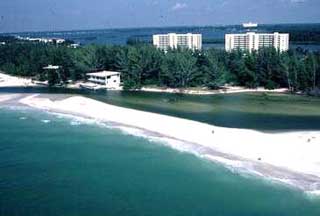Are Sarasota’s Zombie Foreclosures Exorcised Finally?
SARASOTA, FLORIDA, October 7, 2019 – Property values of communities in the Sarasota-Manatee region now face lesser threat from neighborhood eyesores brought about by abandoned, foreclosed homes. Known in the real estate trade as zombie foreclosures, these properties have shrunk significantly in the region. According to an August report of ATTOM Data Solutions, abandoned […] more>>



